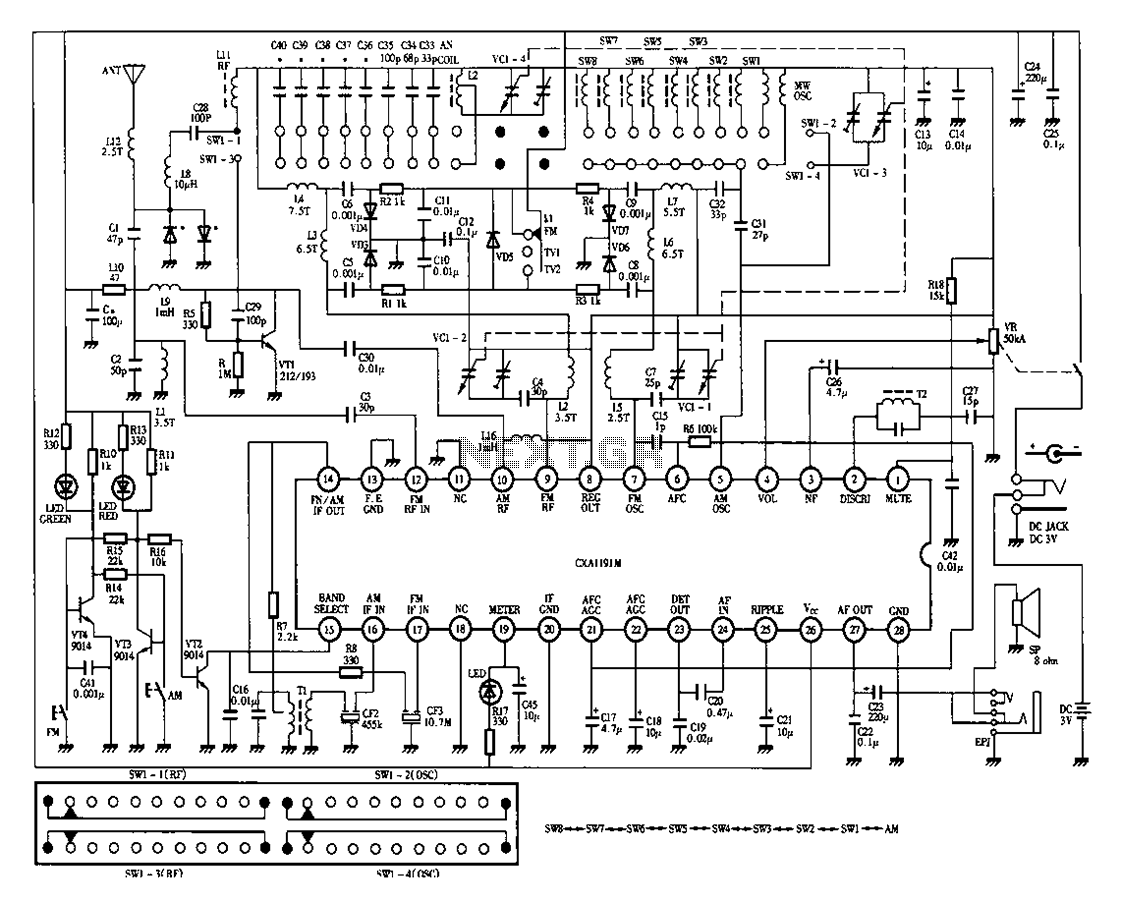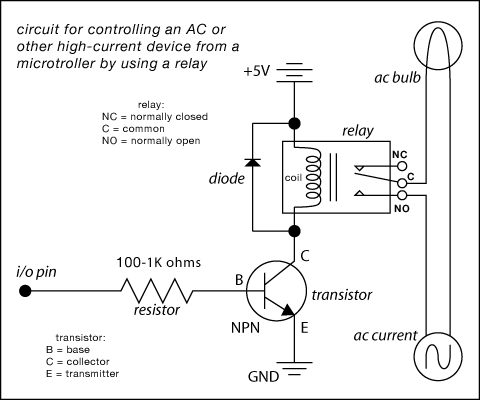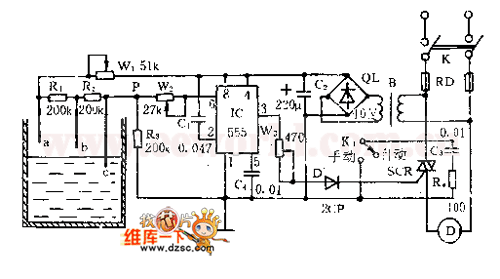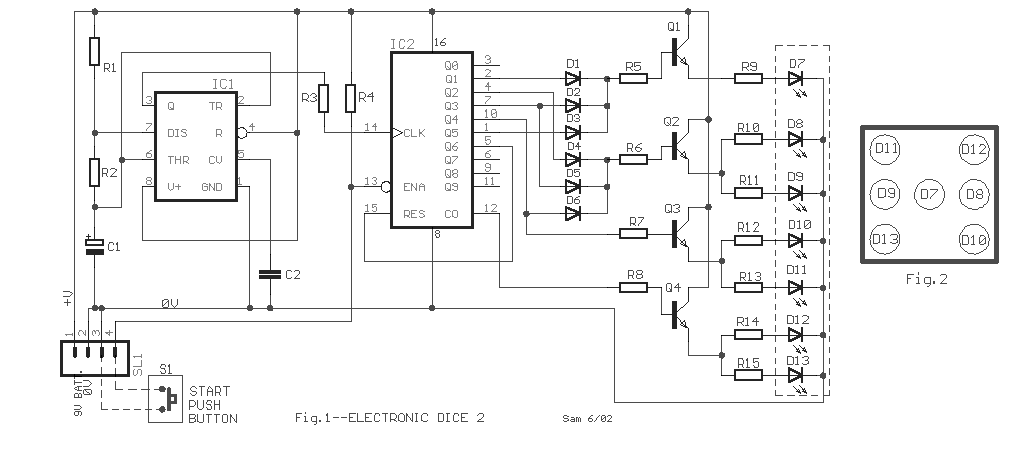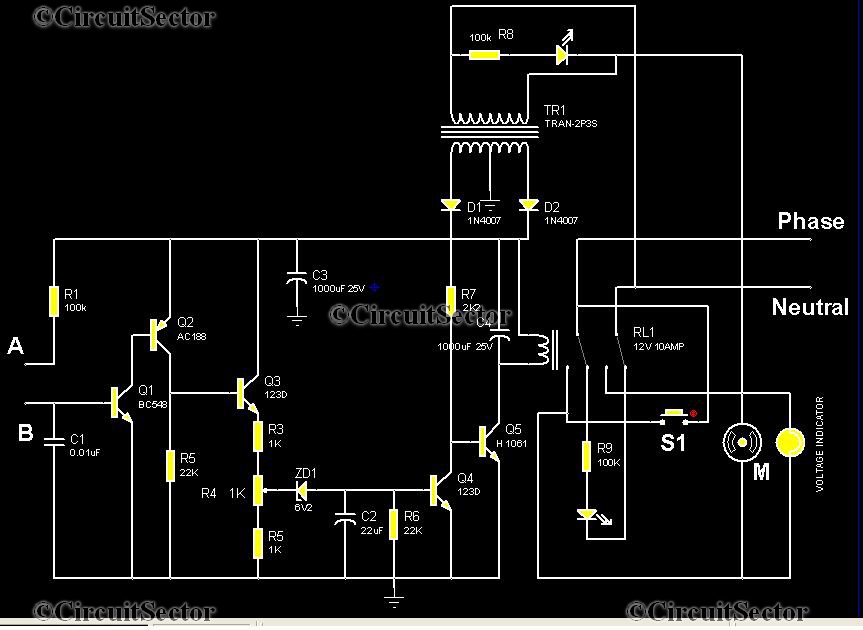
amplifier circuit
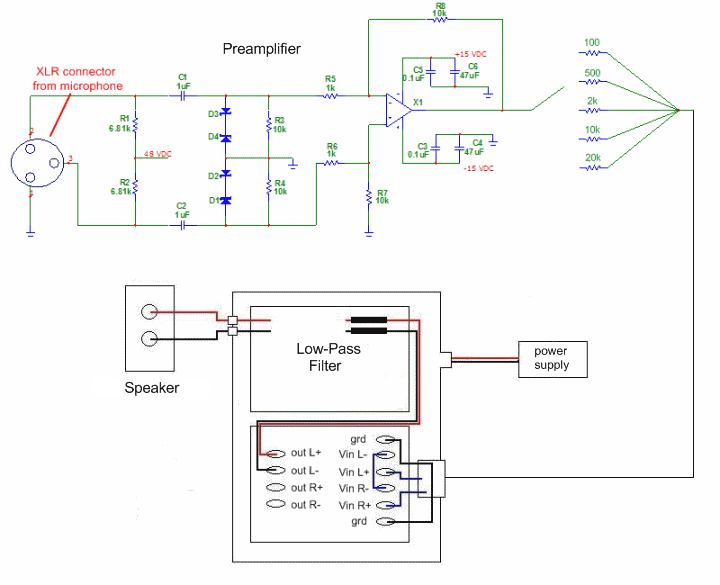
The XLR connector facilitates the connection of the microphone's output to the preamplifier circuit. This preamplifier was designed and constructed by Electrical Engineers using discrete components. The signal from the preamplifier is subsequently fed to the Maxim Class-D amplifier. The output is low-pass filtered and sent to the speaker. Since stereo transmission is not being utilized, the unused channel of the Class-D amplifier can be employed for the opposite transmission path. This general schematic illustrates both the inbound and outbound communications link.
The circuit begins with an XLR connector, which is commonly used in professional audio applications due to its balanced signal capabilities. The microphone connects to this XLR connector, allowing for a stable and noise-resistant transmission of audio signals. The output from the XLR connector is routed to a preamplifier circuit, which has been meticulously designed using discrete components to ensure high fidelity and minimal noise amplification.
The preamplifier amplifies the low-level microphone signal to a more manageable level suitable for further processing. This amplified signal is then fed into a Maxim Class-D amplifier, known for its efficiency and compact size. Class-D amplifiers operate by rapidly switching on and off, which allows for high power output with reduced heat generation.
Following amplification, the output signal undergoes low-pass filtering. This filtering process is crucial as it removes high-frequency noise and ensures that only the desired audio frequencies reach the speaker. The low-pass filter typically consists of passive components such as resistors and capacitors, which are configured to allow signals below a certain frequency to pass while attenuating higher frequencies.
In this design, the system does not utilize stereo transmission, which provides an opportunity to utilize the unused channel of the Class-D amplifier. This feature allows for a versatile approach to audio signal routing, enabling the opposite transmission path to be employed for additional functionalities, such as sending audio signals back to the microphone or integrating with other audio processing equipment.
The overall schematic effectively represents both inbound and outbound communication links, showcasing the flow of audio signals from the microphone to the speaker and allowing for flexible audio routing options within the system. This design exemplifies a robust and efficient audio processing solution, suitable for various applications in professional audio environments.The XLR connector allows us to connect the microphone`s output to our preamplifier circuit. This preamplifier was designed and built by our Electrical Engineers using discrete components. The preamplifier`s signal is then fed to the Maxim Class-D amplifier. The output is low-pass filtered and delivered to the speaker. Because we are not transmitti ng our signals in stereo, we will have the ability to utilize the unused channel of the Class-D amplifier for the opposite transmission path. This general schematic represents both the inbound and outbound communications link. 🔗 External reference
The circuit begins with an XLR connector, which is commonly used in professional audio applications due to its balanced signal capabilities. The microphone connects to this XLR connector, allowing for a stable and noise-resistant transmission of audio signals. The output from the XLR connector is routed to a preamplifier circuit, which has been meticulously designed using discrete components to ensure high fidelity and minimal noise amplification.
The preamplifier amplifies the low-level microphone signal to a more manageable level suitable for further processing. This amplified signal is then fed into a Maxim Class-D amplifier, known for its efficiency and compact size. Class-D amplifiers operate by rapidly switching on and off, which allows for high power output with reduced heat generation.
Following amplification, the output signal undergoes low-pass filtering. This filtering process is crucial as it removes high-frequency noise and ensures that only the desired audio frequencies reach the speaker. The low-pass filter typically consists of passive components such as resistors and capacitors, which are configured to allow signals below a certain frequency to pass while attenuating higher frequencies.
In this design, the system does not utilize stereo transmission, which provides an opportunity to utilize the unused channel of the Class-D amplifier. This feature allows for a versatile approach to audio signal routing, enabling the opposite transmission path to be employed for additional functionalities, such as sending audio signals back to the microphone or integrating with other audio processing equipment.
The overall schematic effectively represents both inbound and outbound communication links, showcasing the flow of audio signals from the microphone to the speaker and allowing for flexible audio routing options within the system. This design exemplifies a robust and efficient audio processing solution, suitable for various applications in professional audio environments.The XLR connector allows us to connect the microphone`s output to our preamplifier circuit. This preamplifier was designed and built by our Electrical Engineers using discrete components. The preamplifier`s signal is then fed to the Maxim Class-D amplifier. The output is low-pass filtered and delivered to the speaker. Because we are not transmitti ng our signals in stereo, we will have the ability to utilize the unused channel of the Class-D amplifier for the opposite transmission path. This general schematic represents both the inbound and outbound communications link. 🔗 External reference

